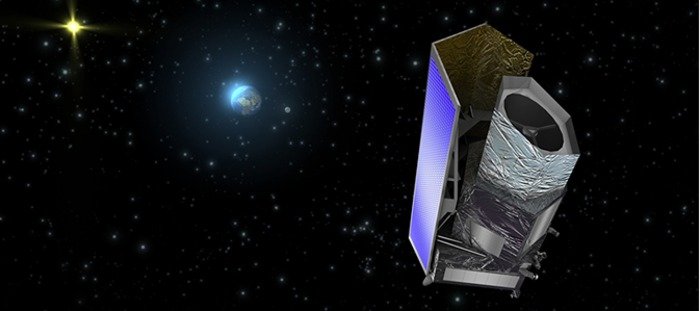GREENBELT, Md., Jan. 24 (UPI) -- NASA says it is joining a European Space Agency mission designed to investigate the cosmological mysteries of dark matter and dark energy.
A space telescope named Euclid will launch in 2020 and spend six years mapping as many as 2 billion galaxies spread over more than one-third of the sky.















